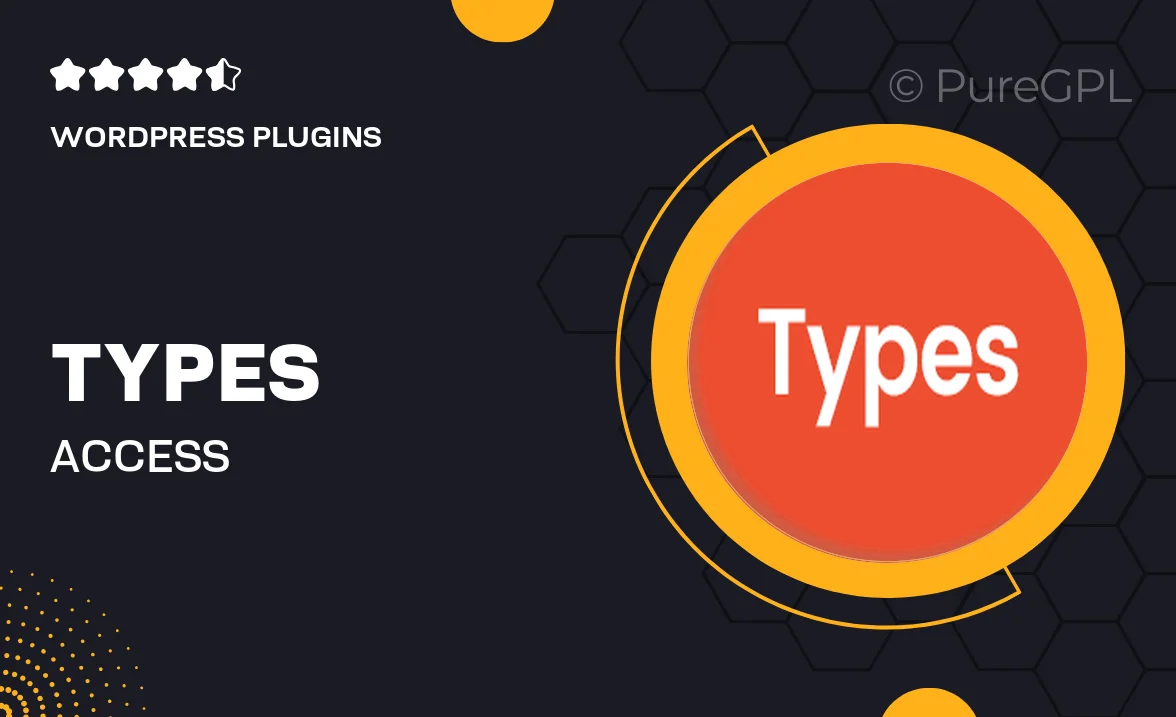
- GPL License
$3.49
- 100% Original Product and Virus Free.
- Lifetime Updates with Membership Plans.
- Use on Unlimited Websites.
Version: 2.9.4.2
Unlimited Access for Just $16/Month
Unlock all products with no limits, no hassle!
| Single Product | VIP Membership |
|---|---|
| $3.49 Each | $16/Month |
| No Updates | Unlimited Updates |
| ❌ Limited Access | ✔️ All 20,000+ Products |
About Types | Access
Understanding the Different Types of Access
When it comes to access, there are various types that provide different levels of permission to users. Understanding these types is essential in managing who can view, edit, or delete information within a system or platform.
1. Physical Access
Physical access refers to the ability to physically enter a location or interact with a device. This type of access is commonly controlled through measures such as keys, access cards, or biometric authentication. It is crucial for ensuring the security of physical spaces and equipment.
2. Remote Access
Remote access allows users to connect to a system or network from a remote location. This type of access is often used by employees working from home or traveling professionals who need to access company resources. Remote access can be granted through VPNs, secure login portals, or other authentication methods.
3. Network Access
Network access controls who can connect to a network and what resources they can access. This type of access is important for preventing unauthorized users from accessing sensitive information or causing network disruptions. Network access control mechanisms may include firewalls, VLANs, or access control lists.
4. Data Access
Data access defines who can view, edit, or delete specific data within a system. This type of access is crucial for maintaining data privacy and security. Data access controls can be set at the individual, group, or role level, ensuring that only authorized users can interact with sensitive information.
5. File Access
File access controls who can access and modify files within a system. This type of access is essential for managing document permissions and ensuring that only approved users can view or edit specific files. File access permissions can be set at the folder or file level, allowing for granular control over who can interact with different types of documents.
6. Administrative Access
Administrative access grants users full control over a system, including the ability to configure settings, install software, and manage user accounts. This type of access is typically reserved for system administrators or IT personnel who need to perform maintenance tasks. Administrative access should be carefully managed to prevent unauthorized changes that could compromise system security.
Conclusion
By understanding the different types of access and implementing appropriate access controls, organizations can ensure that their data, systems, and physical spaces remain secure. Whether managing physical access to a building, controlling network access to sensitive information, or setting file access permissions for specific users, access management is a critical aspect of overall security strategy.

